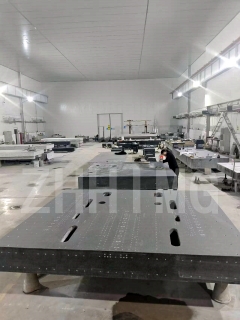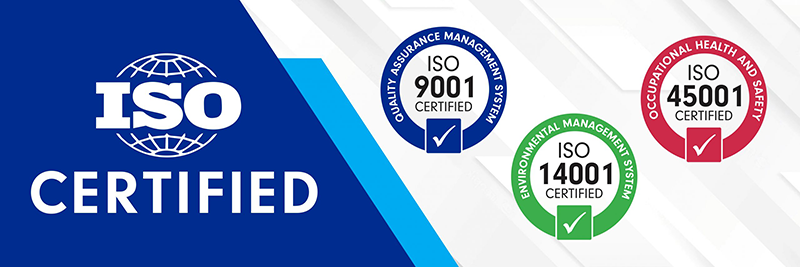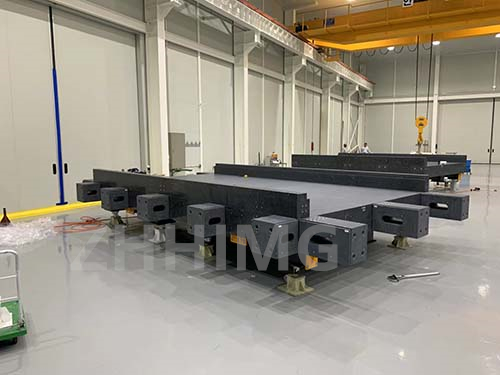The selection of a base material plays a critical role in the construction of ultra-precision motion modules. Granite precision bases and mineral casting bases, as two primary options, each possess distinct characteristics that significantly differ in terms of stability, accuracy retention, durability, and cost.
Stability: Natural densification versus artificial composites
After millions of years of geological transformations, granite forms a highly dense and uniform structure through the natural bonding of quartz, feldspar, and other minerals. In industrial environments where large equipment generates strong vibrations, granite's complex crystalline structure effectively attenuates these disturbances, reducing the vibration amplitude transmitted to air-floating ultra-precision motion modules by over 80%. This ensures smooth operation during high-precision processing or inspection tasks, such as the precise patterning of electronic chips in photolithography processes.
Mineral casting bases are engineered from mineral particles mixed with specialized binders, resulting in a uniform internal structure with good vibration-damping properties. While they provide effective buffering for general vibrations and create a stable working environment for air-floating ultra-precision motion modules, their performance under high-intensity, sustained vibrations is slightly inferior to that of granite bases. This limitation may introduce minor inaccuracies in high-precision applications.
Accuracy Retention: Natural low expansion versus controlled contraction
Granite is renowned for its exceptionally low coefficient of thermal expansion (typically 5–7 × 10⁻⁶/°C). Even in environments with significant temperature fluctuations, granite precision bases exhibit minimal dimensional changes. For example, in astronomical applications, granite-based air-floating ultra-precision motion modules ensure submicron-level lens positioning accuracy for telescopes, enabling astronomers to capture intricate details of distant celestial bodies.
Mineral casting materials can be formulated to optimize and control thermal expansion characteristics, achieving coefficients comparable to or even lower than those of granite. This makes them suitable for temperature-sensitive high-precision measurement equipment. However, the long-term stability of their accuracy remains subject to verification due to factors such as binder aging, which could lead to diminished performance over extended periods of use.
Durability: High hardness of natural stone versus fatigue-resistant composites
Granite's high hardness (Mohs scale: 6–7) provides excellent wear resistance. In materials science laboratories, granite bases for frequently used air-floating ultra-precision motion modules resist prolonged friction from sliders, extending maintenance cycles by more than 50% compared to conventional bases. Despite this advantage, granite's brittleness poses a risk of fracture upon accidental impact.
Mineral casting bases demonstrate superior anti-fatigue properties, maintaining structural integrity during prolonged high-frequency reciprocating movements of ultra-precision air-floating modules. Additionally, they exhibit resistance to mild chemical corrosion, enhancing durability in mildly corrosive environments. However, in extreme conditions like high humidity, the binder within mineral casting bases may degrade, compromising their overall durability.
Manufacturing Cost and Processing Difficulty**: Challenges of natural stone extraction versus artificial casting processes
Granite mining and transportation involve complex logistics, while its processing demands advanced equipment and techniques. Due to its high hardness and brittleness, operations such as cutting, grinding, and polishing often result in high scrap rates, driving up manufacturing costs.
In contrast, the production of mineral casting bases requires specific molds and processes. Although initial mold development incurs substantial costs, subsequent mass production becomes economically advantageous once the mold is established.
Post time: Apr-08-2025



